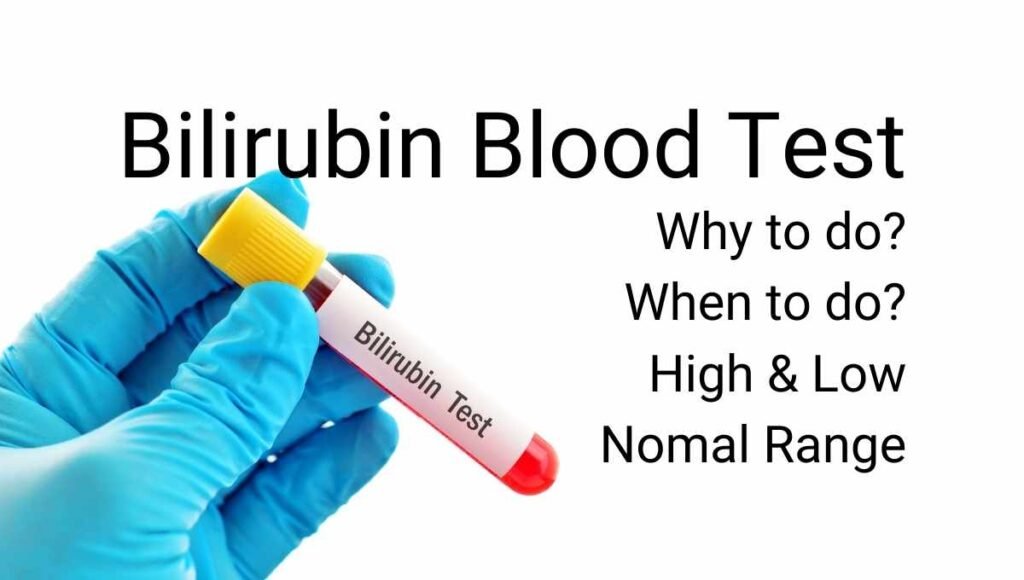ESR Test Meaning
Erythrocyte sedimentation rate test , also known as ESR test is the test that measures the rate of sedimentation of red blood cells ( erythrocytes) in a thin, vertical tube in the laboratory.
This test indirectly measures the degree of inflammation that is present in the body. Test results come as the millimeters of clear fluid (plasma) present top portion of the tube usually after one hour.
ESR Test Purpose
ESR test is done in the following conditions
- To detect the presence of inflammation in the body, be it known or unknown
- Infection
- Various tumors
- Autoimmune disease
- Temporal Arteritis
- Systemic vasculitis
- Rheumatoid arthritis
- Polymyalgia rheumatica
- Inflammatory bowel disease
ESR Test Importance
The importance of ESR test are the following
- To diagnose specific conditions such as temporal Arteritis. But it is important to note that ESR is not a diagnostic test. It is a non specific test. It just gives information whether any inflammation present in the body or not.
- To monitor progress of the diseases
- To determine the severity of inflammation
- To know the overall health status of the patient
- To determine the appropriate treatment of the condition
- To monitor the treatment response
ESR test is recommended when there is signs and symptoms that indicate presence of inflammation in the body due to any condition such as temporal Arteritis,rheumatoid arthritis, etc. One can have symptoms of unexplained weight loss, anemia, joint stiffness, headache, etc.
ESR Test Procedure
Blood sample is drawn from vein (preferably vein of arm). Based on this sample of blood test results are prepared. This is a simple blood test. Usually no special precautions are needed. Tell your doctor if you are taking any medicine, supplements.
This sample of blood is placed in a thin, vertical tube. Red blood cells or erythrocytes usually settle down slowly. So, in normal condition, the clear plasma is little in the tube. But when there is presence of inflammation, blood contains acute phase proteins such as C reactive protein , fibrinogen, etc. in an increased amount, so the red blood cells settle down at a faster rate. As a result, there is more clear plasma in the tube after one hour.
ESR Test Limitations
ESR test helps us to know if there is any inflammation present in the body. But it does not give specific indication that at which site the inflammation is present. It also does not give any clue about the cause of inflammation.
ESR also gets affected by other conditions apart from inflammation. So, ESR is done with other tests such as Reticulocyte count test, RBC blood test, WBC blood test, Platelet count test, MCV blood test, MCH blood test, hemoglobin blood test, C reactive protein, fibrinogen test, serum protein electrophoresis test, etc.
ESR Test Results Normal Range
ESR test result is given as mm/hr. It is given as mm/hr as ESR test measures the millimeters of clear fluid (plasma) present at the top portion of the tube after one hour. The normal range of ESR based on age and sex are the following
- 0-15 mm/hr in men younger than 50 years of age
- 0-20 mm/hr in women younger than 50 years of age
- 0-20 mm/hr in men older than 50 years of age
- 0-30 mm/hr in women older than 50 years of age
ESR High Levels
Single high ESR without presence of any symptoms of specific disease, so does not give valuable information to conclude about any medical condition.
Women are usually tend to have higher ESR than men. During menstruation one can have temporary increase of ESR levels.
Also, Normal ESR does not exclude the possibility of presence of inflammation or disease.
Moderately High ESR Level Reasons
- Inflammation
- Pregnancy
- Anemia
- Infection
- Aging or old age
Very High ESR Level Reasons
Very high ESR levels are seen in
- Temporal Arteritis
- Polymyalgia rheumatica
- Severe infection
- Conditions where there is increased globulin in the body
- Multiple myeloma
- Waldenstrom’s macroglobulinemia
If one is under monitoring and it is seen that ESR levels are increasing over time, it usually indicates that deteriorating condition, increasing inflammation, or poor response to treatment. Similarly, normal or falling ESR over time may indicate decreasing inflammation and good response to treatment.
ESR Low Levels
Low levels of ESR are seen in
- High red blood cell count (polycythemia)
- High white blood cell count ( leukocytosis)
- Abnormalities of few proteins
- Change of red cell shape due to any conditions ( example, sickle cell anemia)





